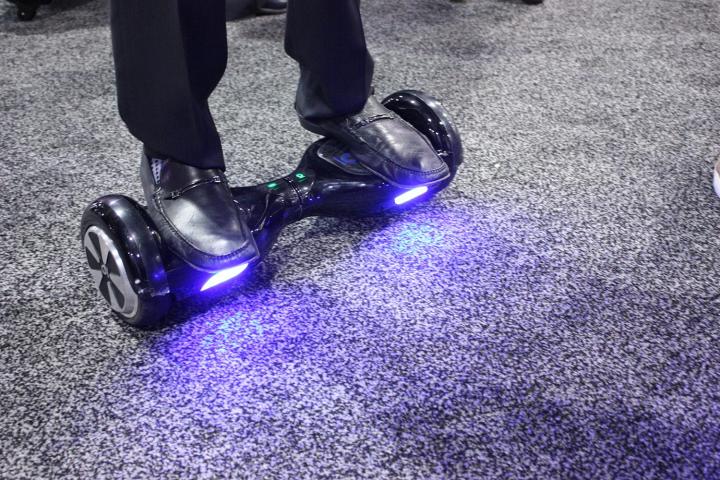
Rather than risk an on-board fire at 36,000 feet, a number of airlines have already banned passengers from taking the board onto their planes.
And now NY City’s Metropolitan Transportation Authority (MTA) has announced that it, too, is no longer allowing the device on any of the systems it operates, including the entire subway network, all NY City buses, and the Long Island Rail Road.
In a message aimed at convincing its users of the ban’s necessity, the MTA referred to a recent alert issued by the U.S. Pipeline and Hazardous Material Safety Administration which stated that “under certain conditions, lithium batteries can pose a heat, fire, and explosion risk.” The MTA added that the organization had found that “80 percent of hoverboards in a study did not have proper certification of battery testing.”
NY City’s transportation authority was also keen to point out that its safety rules have “long prohibited the use of personal wheeled vehicles, such as skateboards, skates or scooters, in train stations,” and in addition said that it prohibits people from taking “hazardous or flammable materials into the public transportation network, and the lithium-ion batteries used to power hoverboards pose the risk of fire.”
Amtrak, LA’s Metrolink, and Chicago’s Metra are among other transportation services to have already banned the beleaguered board.
News of the MTA’s ban comes as customs officials in Chicago announced they’d seized more than 17,000 counterfeit boards – a number of which came from China – as part of efforts to eliminate dangerous or fake units from the U.S. market
The machine, which in reality hovers as well as an ostrich flies, was a big hit over the holiday season, but reports of sudden fires have brought it to the attention of a number of U.S. agencies.
The Consumer Product Safety Commission (CPSC), which is currently conducting an in-depth investigation into the personal transporter, says it’s so far received reports of 39 hoverboard fires in 19 states. The situation has prompted it to advise owners to keep a fire extinguisher with their board at all times. Just in case.
Editors' Recommendations
- Google bans employees from using Zoom over privacy concerns
- FAA bans recalled MacBook Pro models from all flights due to battery issue


